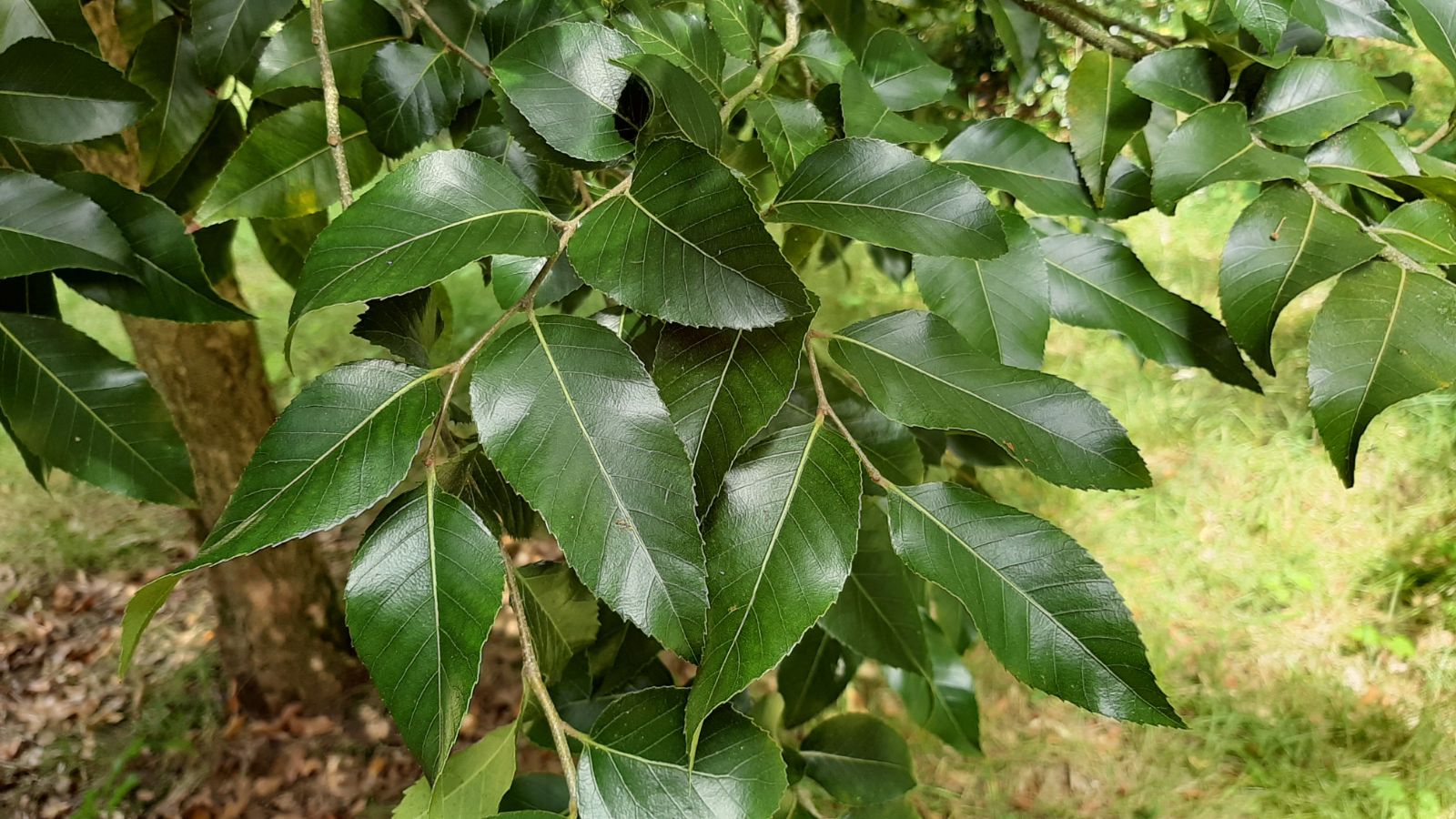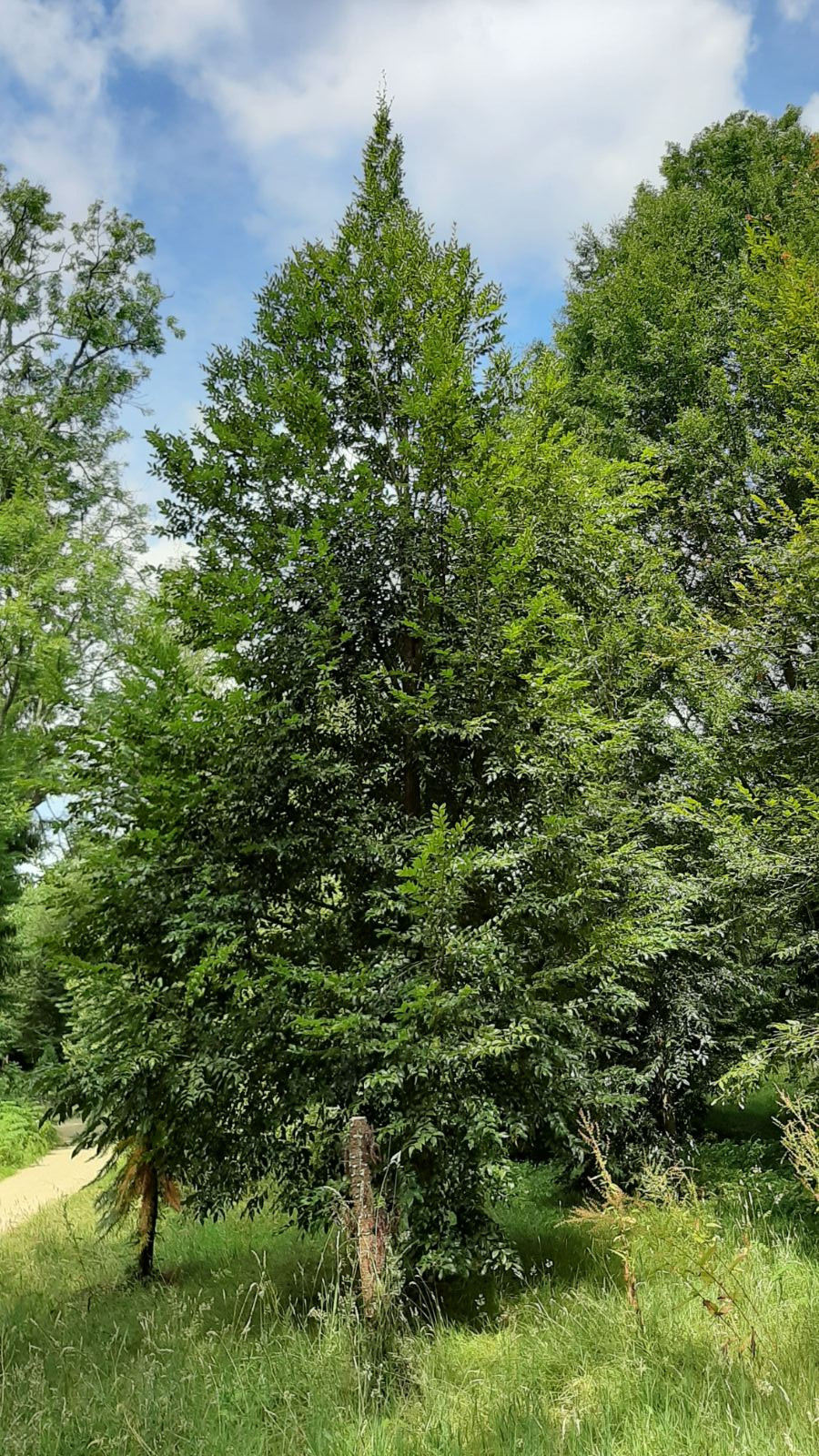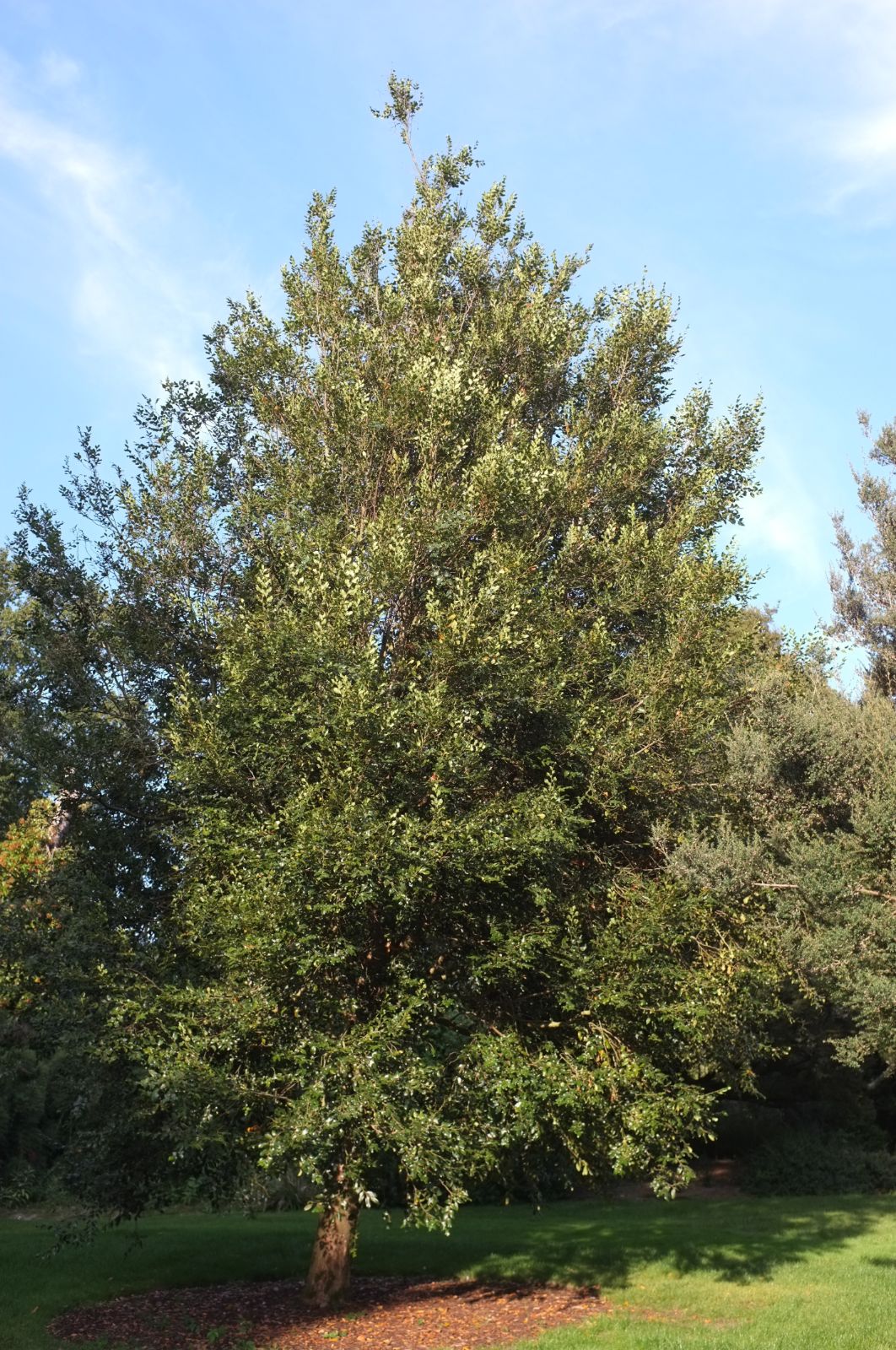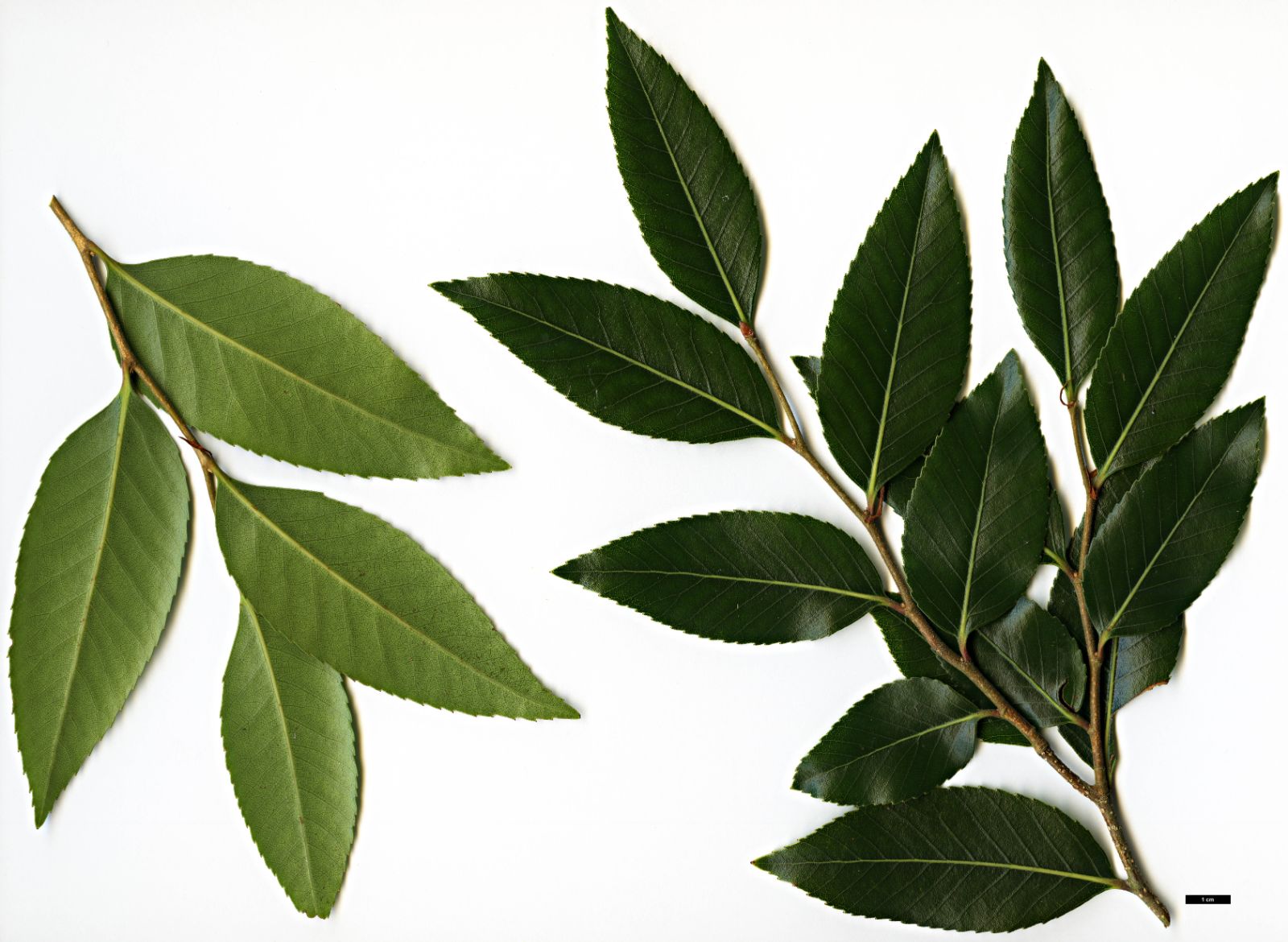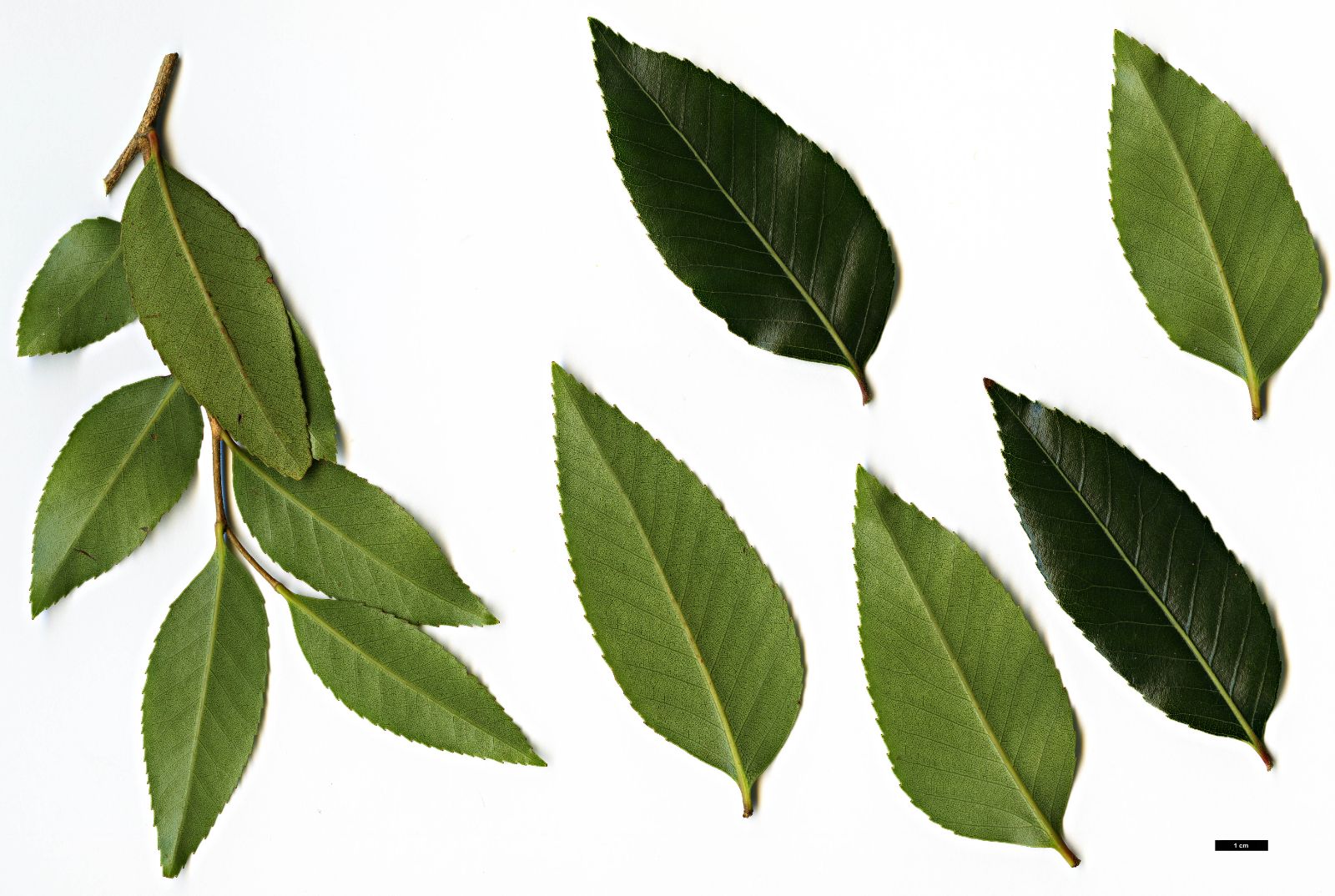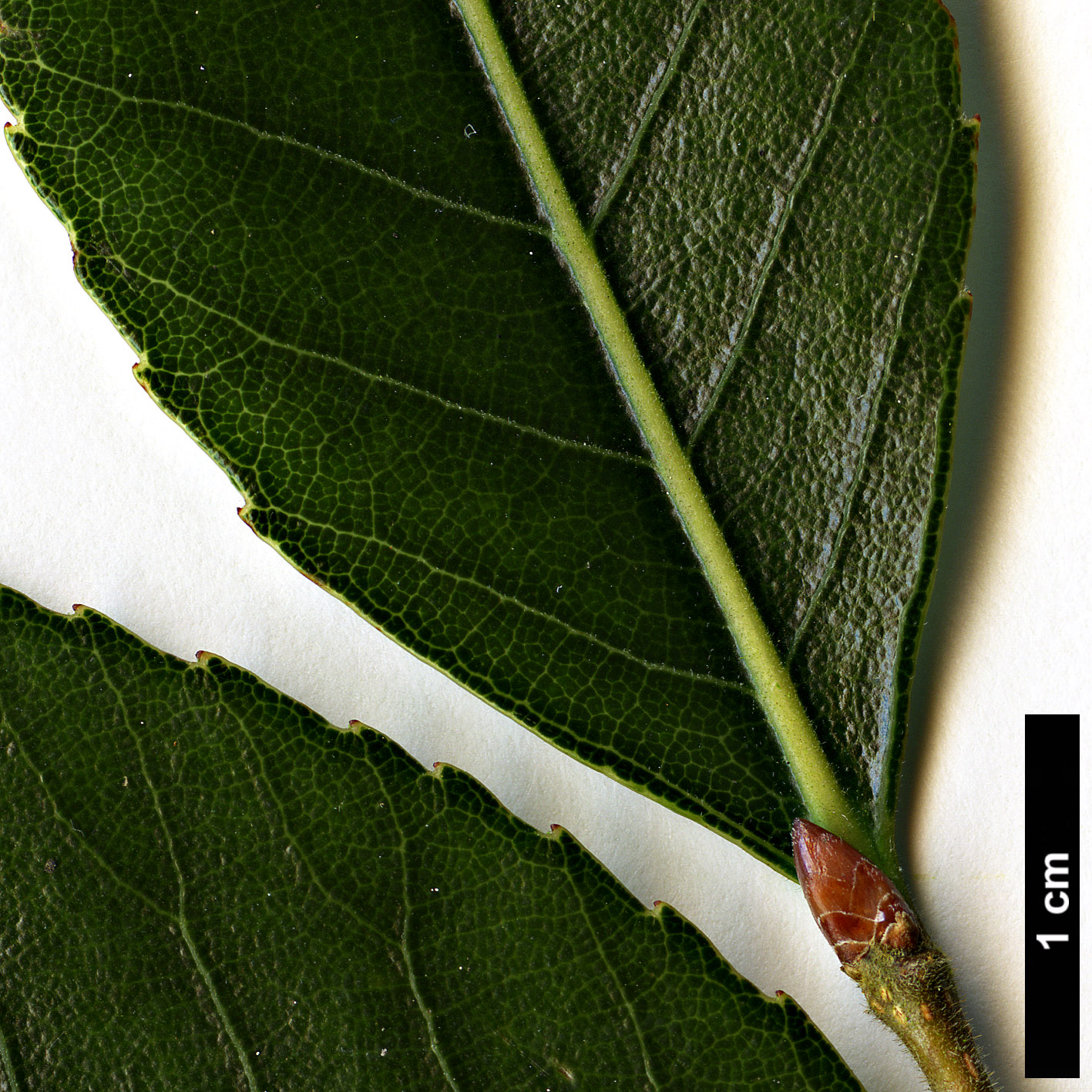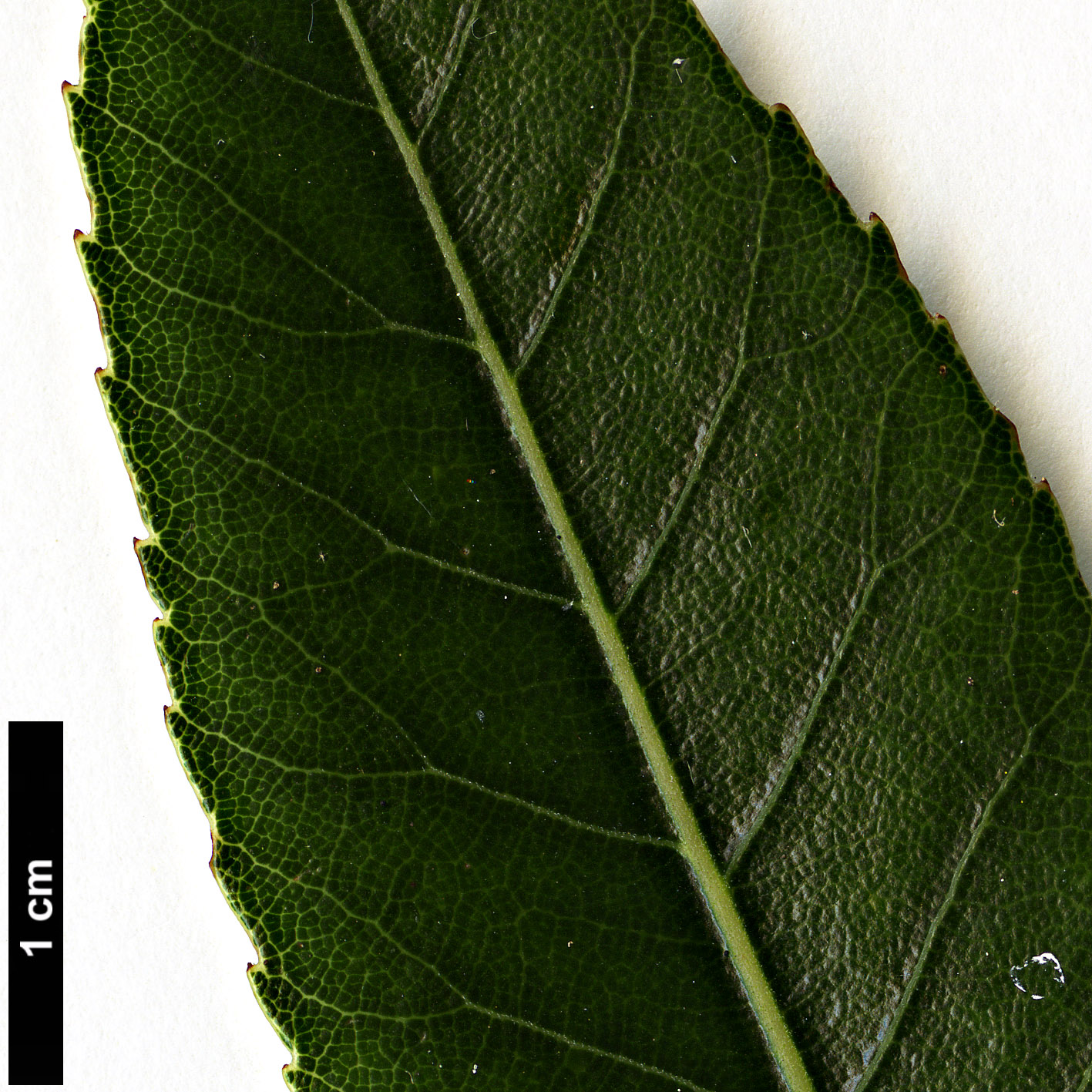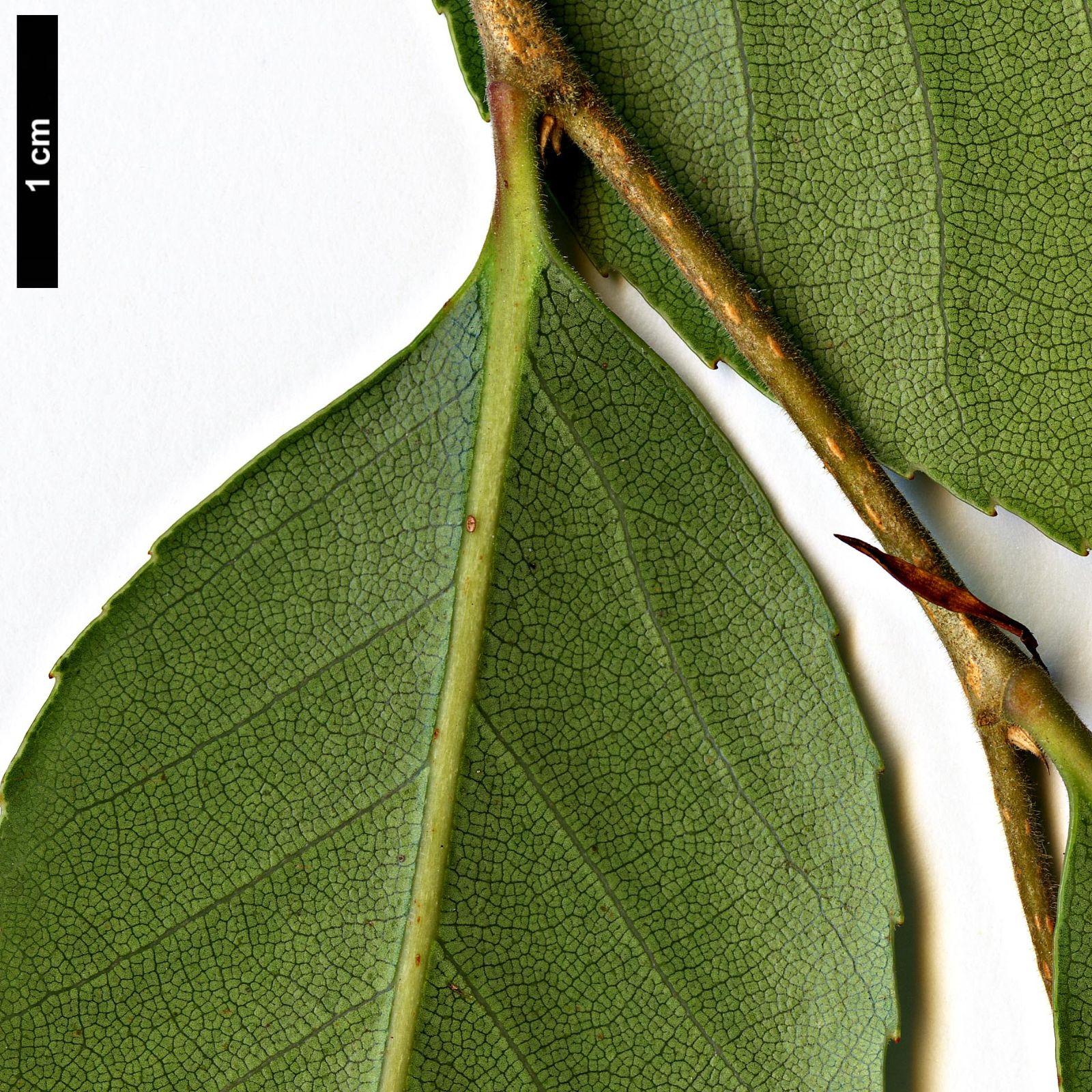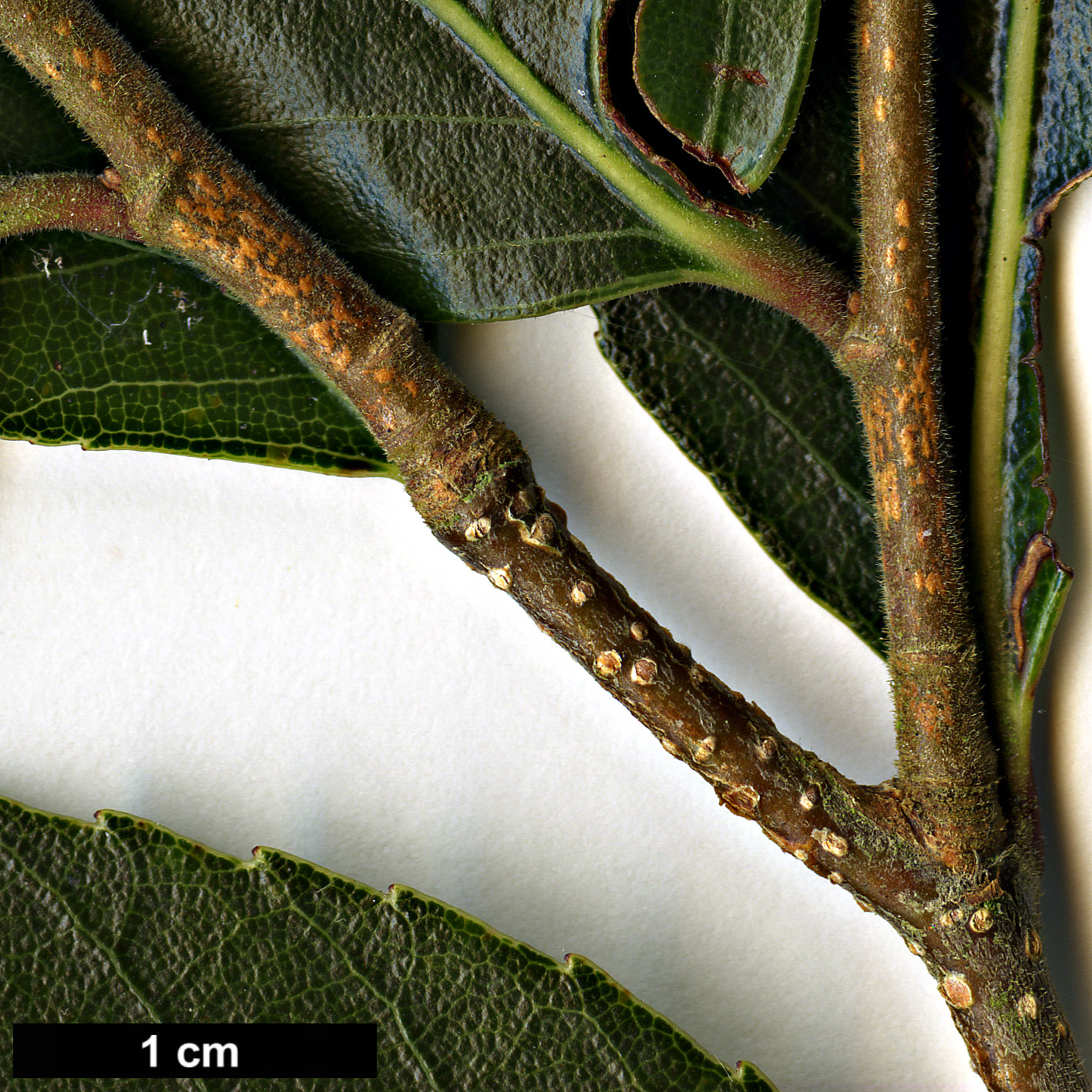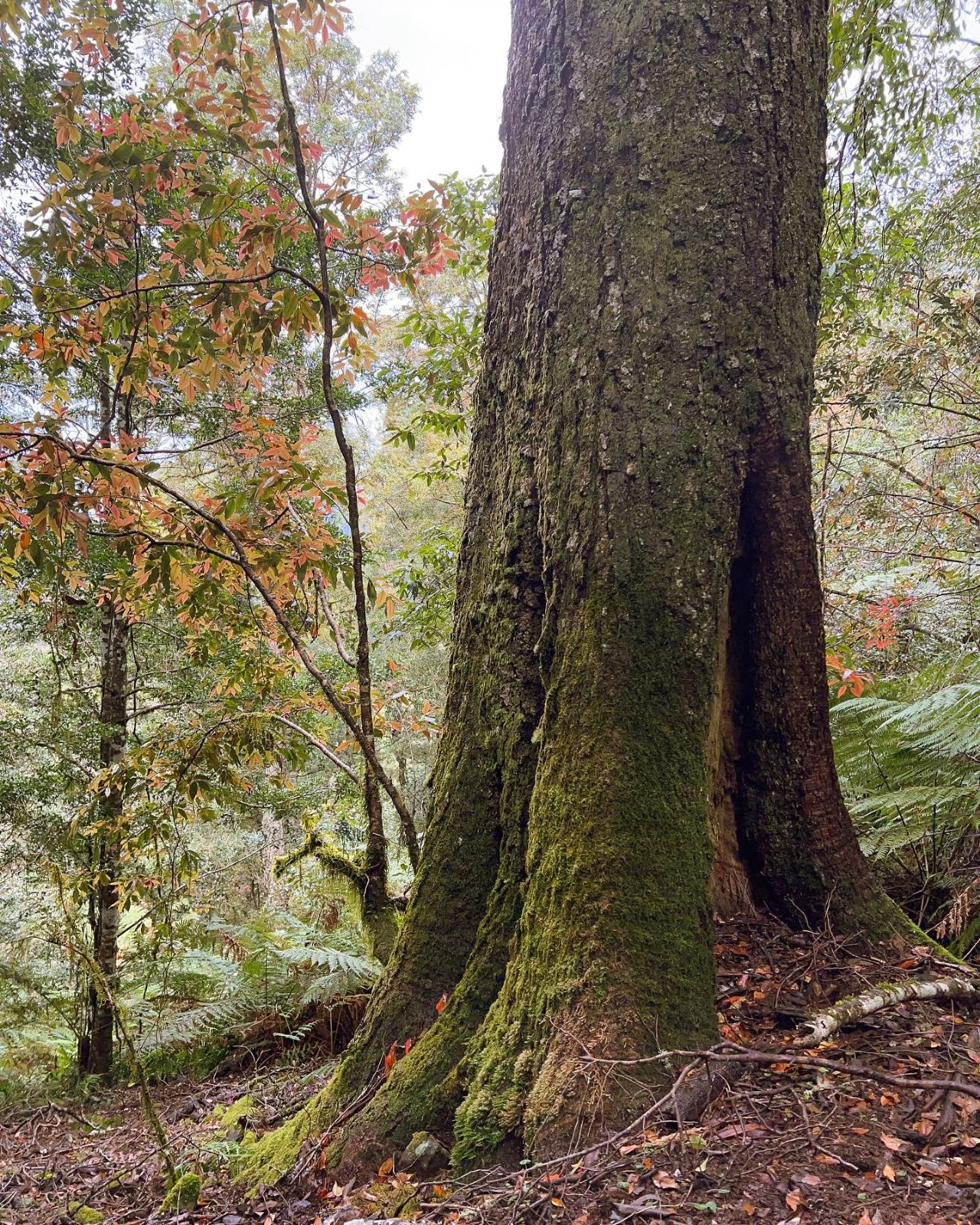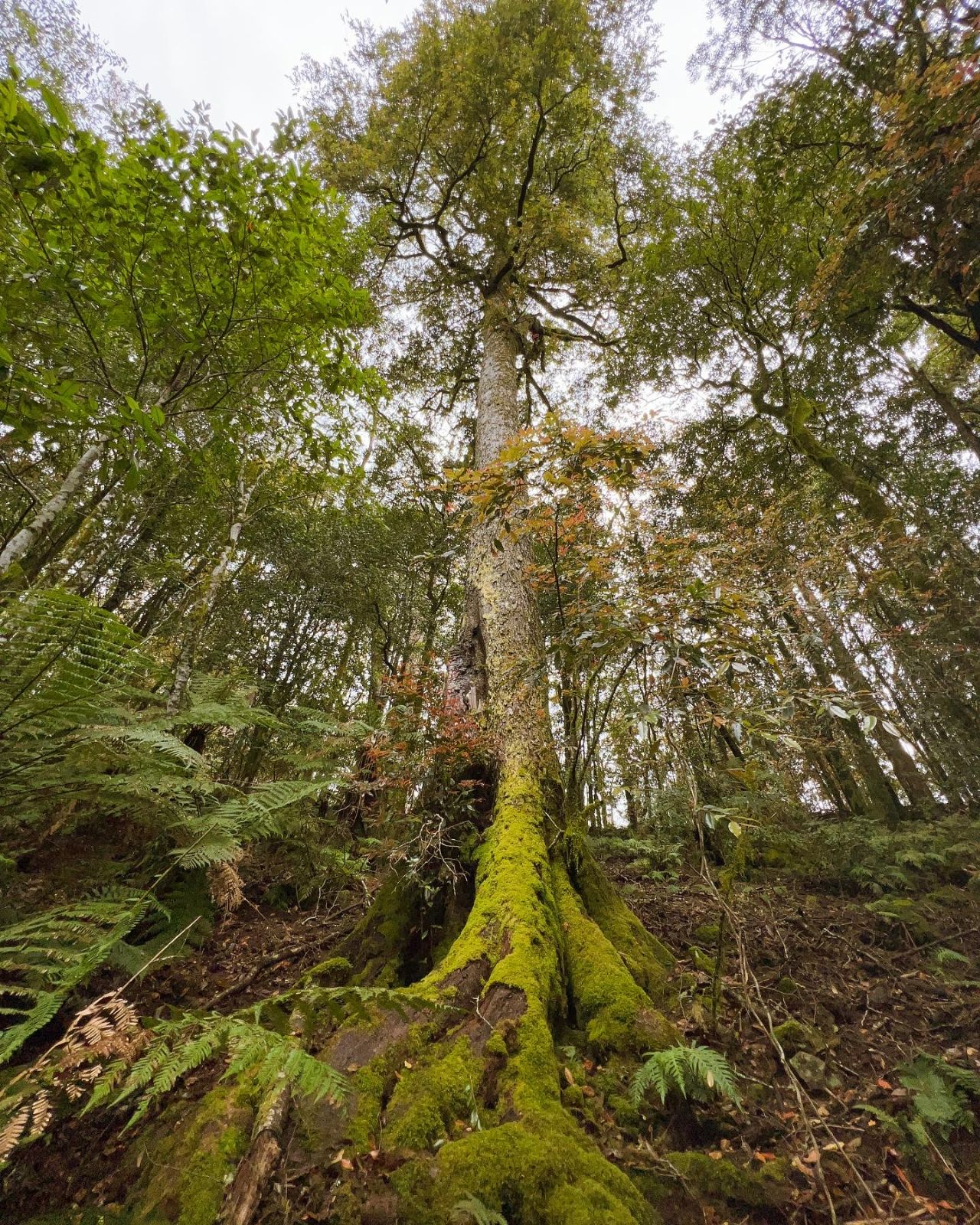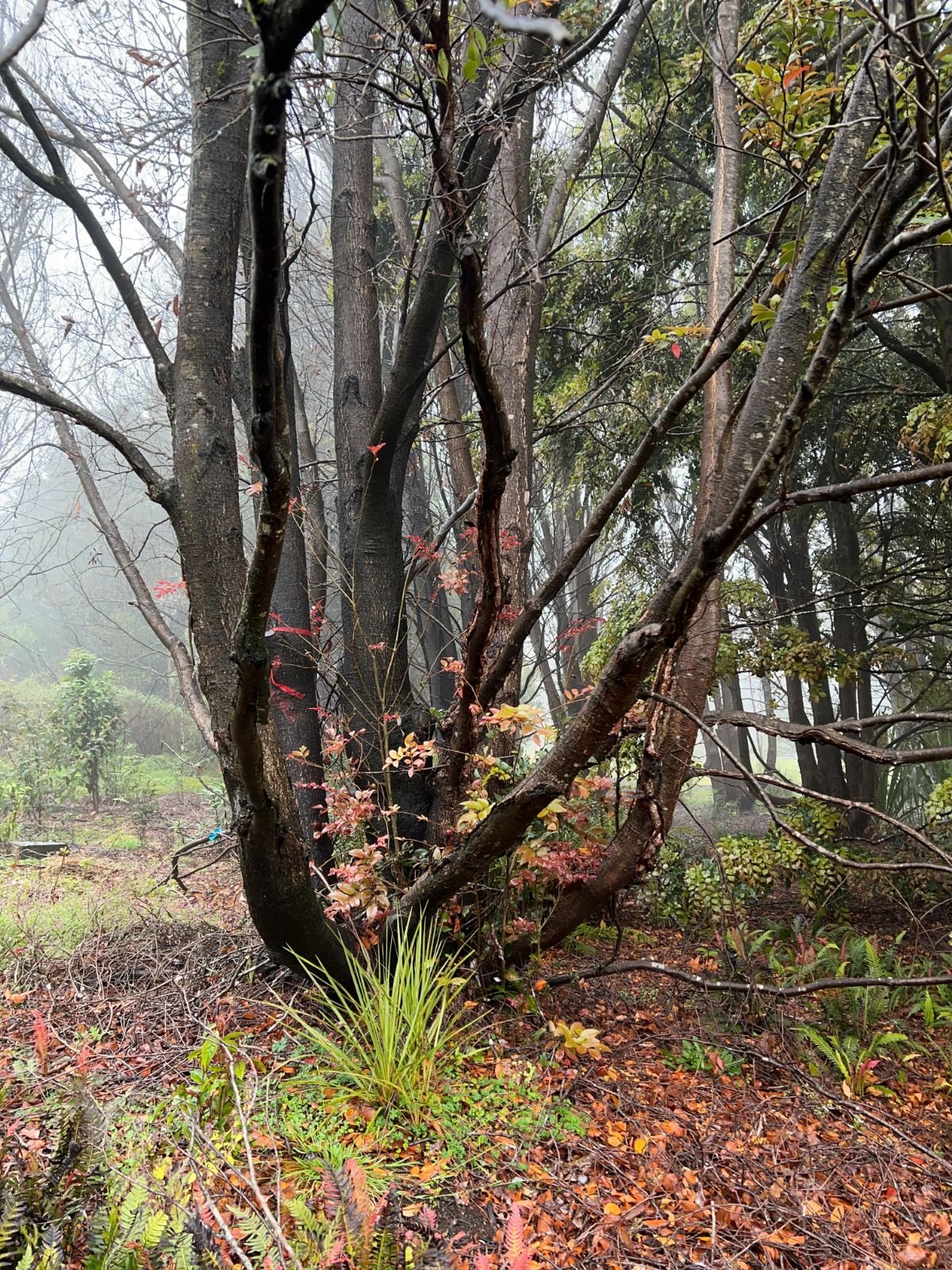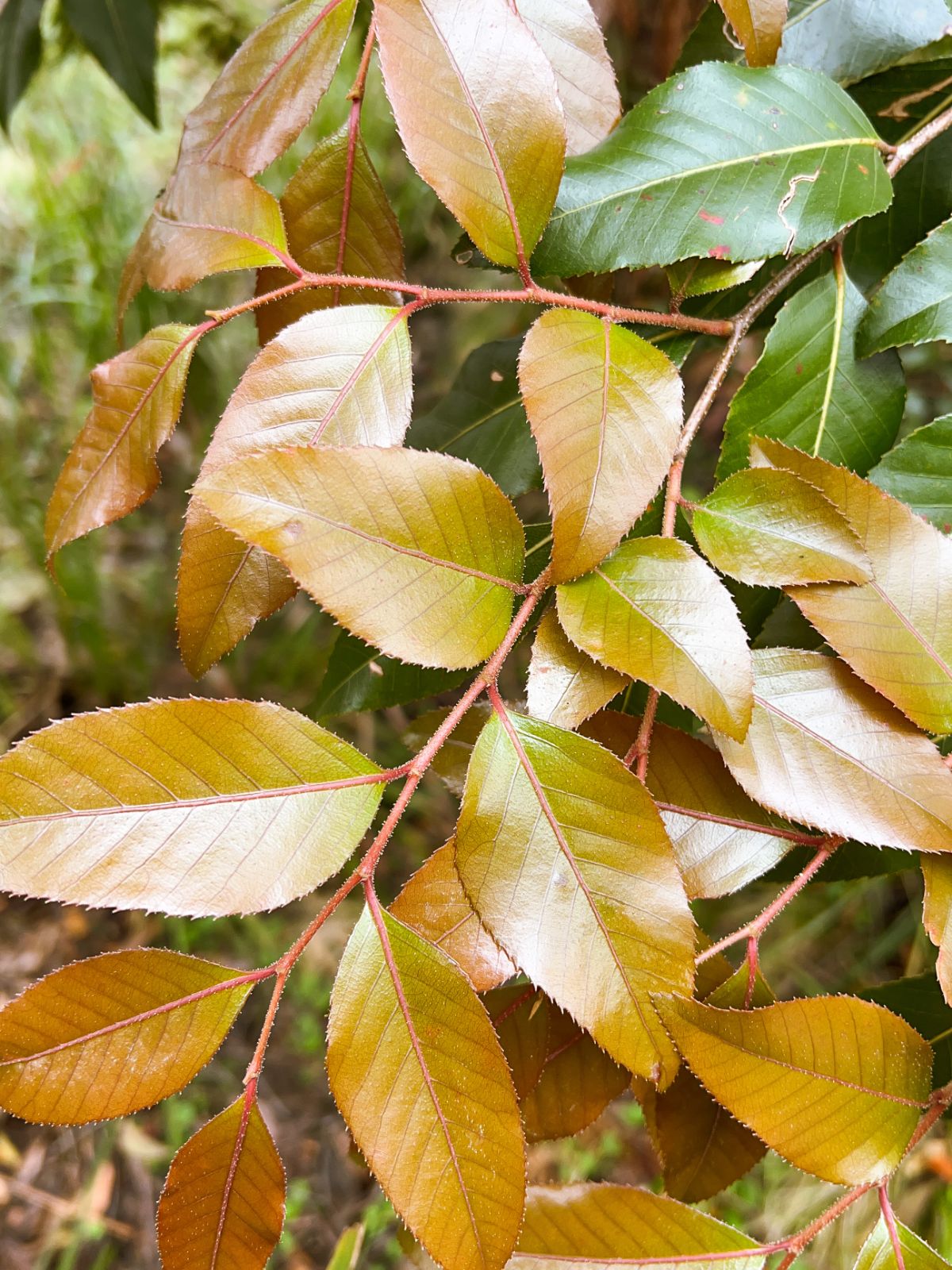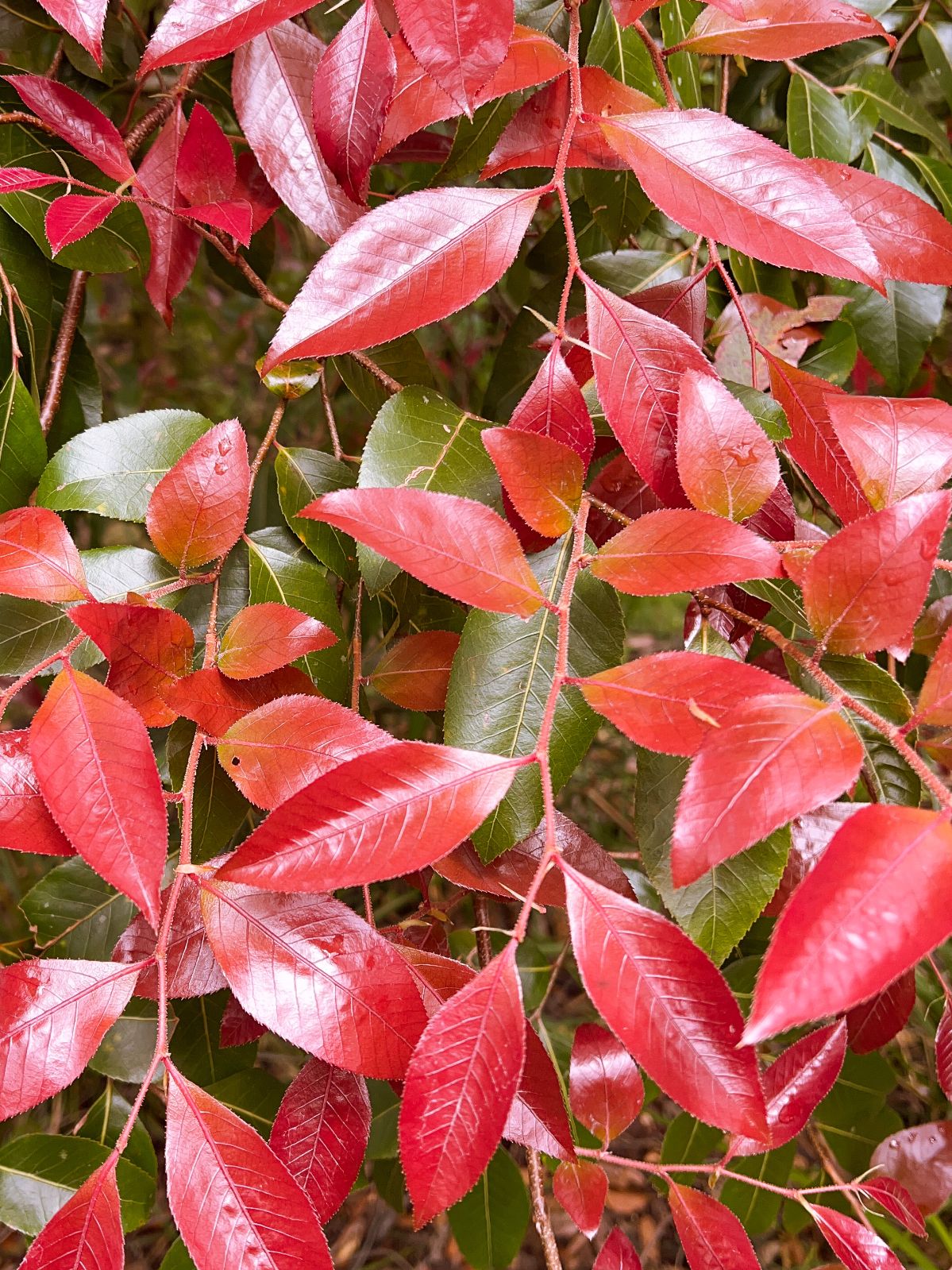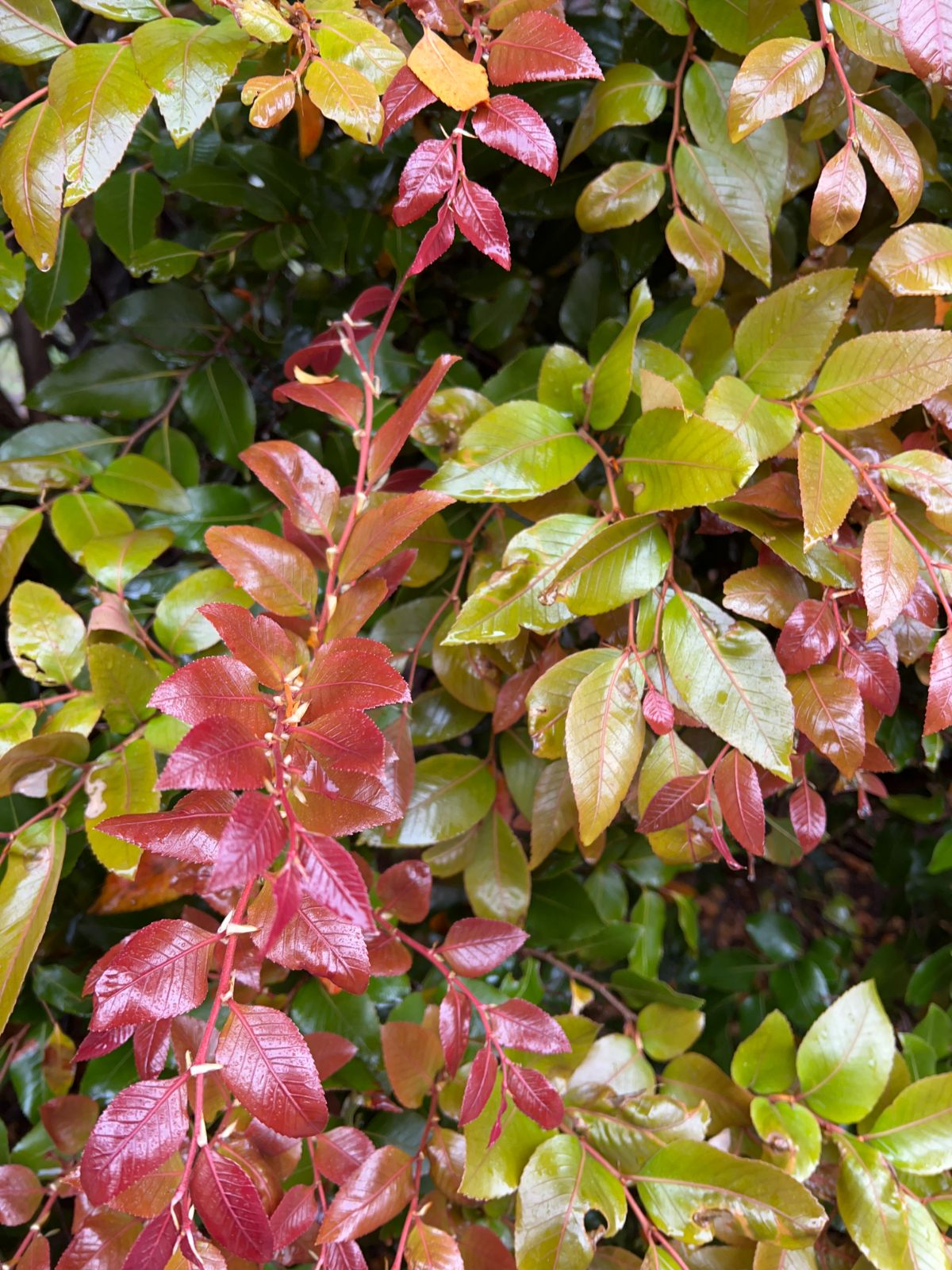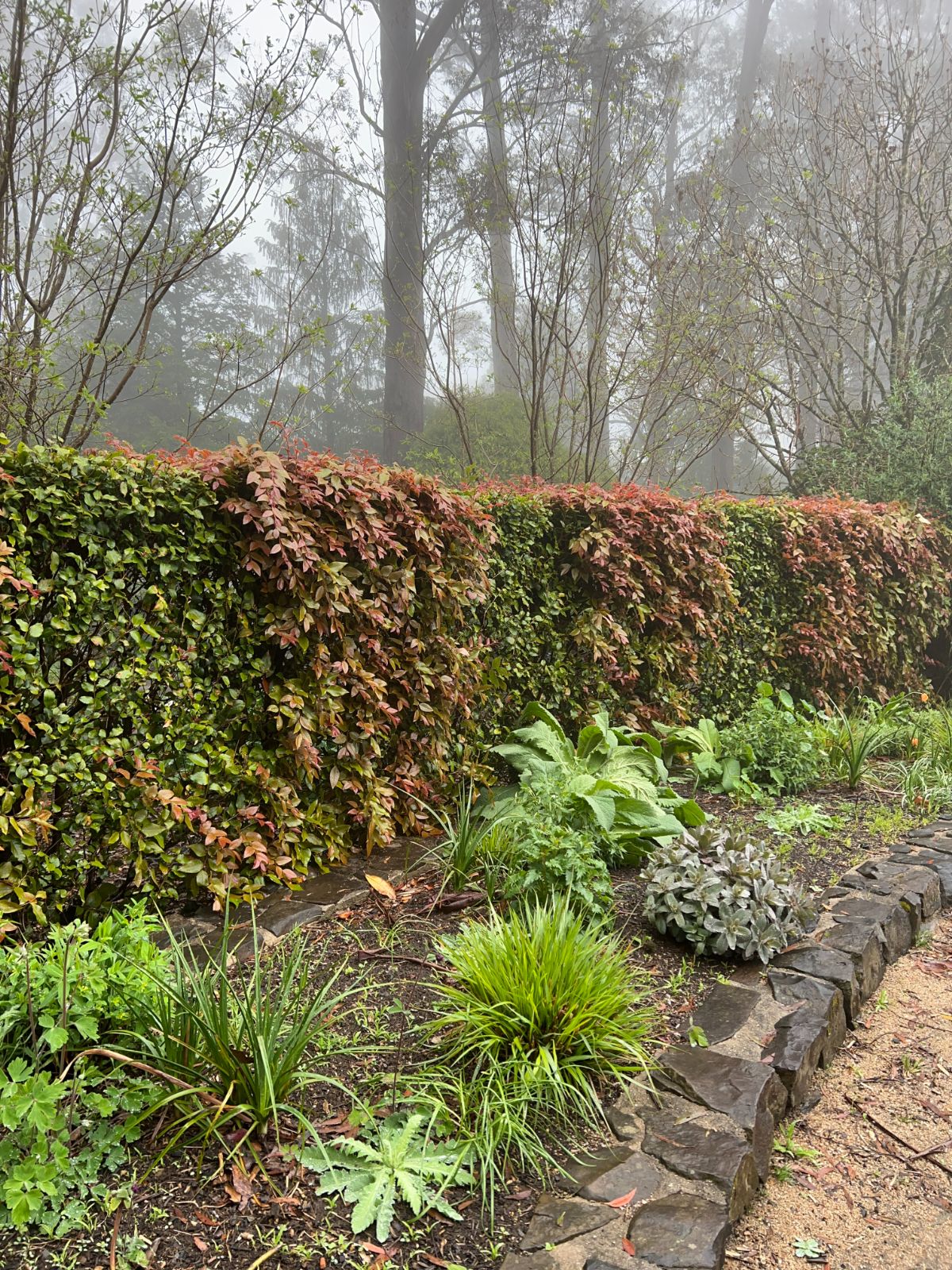Nothofagus moorei
Sponsor
Kindly sponsored by
Col. Giles Crisp
Credits
Owen Johnson (2020)
Recommended citation
Johnson, O. (2020), 'Nothofagus moorei' from the website Trees and Shrubs Online (treesandshrubsonline.
Genus
Common Names
- Antarctic Beech
Synonyms
- Fagus moorei F. v. Muell.
- Lophozonia moorei (F. v. Muell.) Heenan & Smissen
Other taxa in genus
- Nothofagus alessandrii
- Nothofagus alpina
- Nothofagus antarctica
- Nothofagus betuloides
- Nothofagus × blairii
- Nothofagus cliffortioides
- Nothofagus cunninghamii
- Nothofagus × dodecaphleps
- Nothofagus dombeyi
- Nothofagus fusca
- Nothofagus glauca
- Nothofagus gunnii
- Nothofagus × leonii
- Nothofagus macrocarpa
- Nothofagus menziesii
- Nothofagus menziesii × obliqua
- Nothofagus nitida
- Nothofagus obliqua
- Nothofagus pumilio
- Nothofagus solandri
- Nothofagus truncata
A tree to almost 50 m tall, but prostrate in extreme conditions; trunk to 2 m across, the often base much swollen and liable to produce coppice growth. Bark developing shallow scales in grey and reddish colours; ultimately thick and rather corky in the wild. Shoots slender (1–2 mm thick), downy, red-brown. Buds reddish, conic, c. 10 mm long. Leaves evergreen, glossy dark green, lanceolate to ovate, 50–100 mm long in young trees and on sprouts, 35–50 mm long on mature trees in the wild; base cuneate to rounded, apex tapering gradually to a point, margins finely, sharply and rather neatly toothed; both leaf-surfaces glabrous except for some hairs along the midrib; lateral veins conspicuous, yellowish, in 9–15 parallel pairs; petiole c. 5 mm long, downy. Leaves flush rich red, and may turn red before falling individually in spring. Flowers produced early in spring; male flowers 6 mm wide, in clusters of 5–7. Fruit ripening by midsummer; in 3s; cupules 8–10 mm long, with 4 valves and with very long (10–11 mm), bristly, sticky, gland-tipped, curved appendages. (Nothofagus 2007–2008; Bean 1976; Rix & Jackson 2004).
Distribution Australia Queensland and New South Wales; in eight scattered areas of temperate rainforest between 480-1550 m, from the McPherson Range south to the Barrington Tops.
Habitat Areas of species-rich temperate rainforest in mountains which are largely free for fire; often dominant along creeks.
USDA Hardiness Zone 8-9
RHS Hardiness Rating H4
Conservation status Vulnerable (VU)
Nothofagus moorei was introduced to England in 1892 and grown in the Temperate House at Kew (Bean 1976), and was also cultivated from an early date at the Glasnevin National Botanic Garden in Ireland (Rix & Jackson 2004). It is the least reliably hardy of the species successfully grown in Europe, though the wild stands may experience as much as 17°C of frost (Wikipedia 2020). It has perhaps the most elegant foliage of the hardier Nothofagus, being more likely to recall one of the many broadleaved evergreen trees from the warm-temperate forests of east Asia; W.J. Bean’s comparison of the foliage to that of Camellia saluenensis is apt (Bean 1976).
With the exception of one multi-stemmed old 16 m tree in the walled garden at Achamore on the Isle of Gigha in the southern Hebrides, mature specimens seem confined to the very mild gardens of south-west Ireland and Co. Wicklow; the two champions, at Mount Usher in that county and growing in a slightly alkaline soil, had reached 24 m tall and 94 cm in trunk diameter in 2015 (Tree Register 2020). Even in Cornwall – England’s most suitable area – no survivors are currently known to be any older than a scion from the Mount Usher trees which was planted by Tom Hudson at Tregrehan in 1994 and had reached 8 m by 2014 (Tree Register 2020). All of the old Irish examples either fork, or have grown several stems from a massively swollen base, like an old coppice stool; this is presumably a response to frost-damage at the sapling stage, but does recall the self-coppicing habit of ancient examples in the wild, where some ‘fairy rings’ may be 12,000 years old (The Oldest Living Things in the World 2011). Trees planted in the warmer drier climate of Wakehurst Place in West Sussex from ETAZ 5 have however made straight-stemmed spire-shaped young trees of great vigour and beauty, to 9 m tall after 14 years (Tree Register 2020), suggested that some warmth during the growing season is appreciated – as might be expected from a tree whose native distribution extends as close to the tropics as 28° south. The seed was collected from 1320 m in the Barrington Tops in 2000 (Rix & Jackson 2004), close to the upper altitudinal limit for the species, which may also be a factor. Nicholas Smith’s planting in his arboretum at Wynkcoombe Hill, also in West Sussex but on a much lighter, free-draining, sandy soil, has grown well and was 3 m tall in 2017, five years from planting (Tree Register 2020). The larger of two planted in 2004 in woodland shelter at Logan Botanic Garden in extreme south-west Scotland was 11 m tall by 2019; these are both multi-stemmed in habit (Tree Register 2020).
A shapely young tree in the much warmer (and drier) climate of the San Francisco Botanical Garden, California, had a trunk diameter of 51 cm in 2018 when measured by Wim Brinkerink (monumentaltrees.com 2018). In New Zealand, it is grown at Eastwoodhill Arboretum (Garnock-Jones 2013) and was planted in 1999 by the late Bob Berry at Hackfalls Arboretum (Hackfalls Arboretum 2020). As a species with a much fragmented natural range and poor reproductive capacity (Baldwin, Barstow & Rivers 2018), and which is particularly vulnerable to climate change, Nothofagus moorei seems an important candidate for ex-situ cultivation in botanic gardens in other suitable parts of the temperate world, but there is little evidence that this has yet started to take place more widely.

